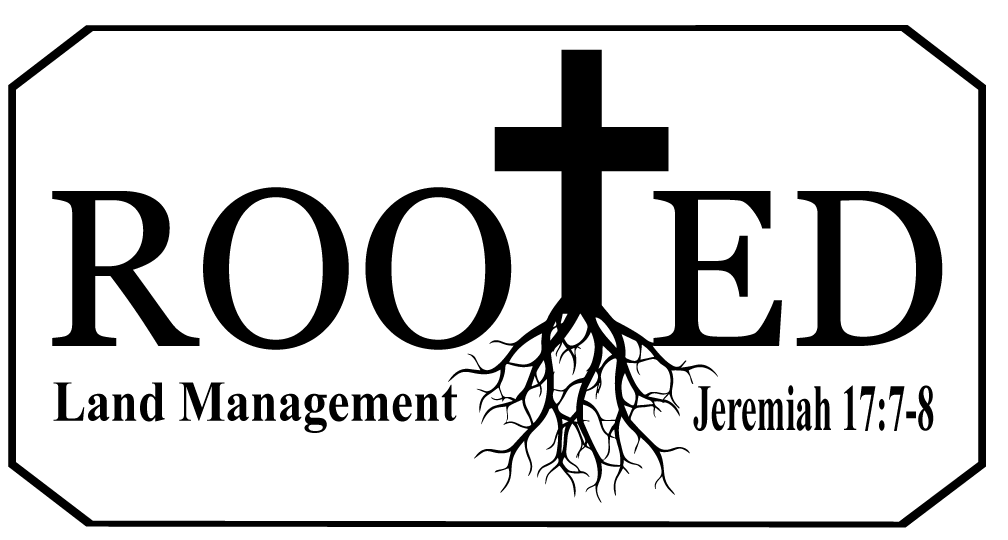Planting with Purpose: How Food Plots of All Sizes EnhanceWildlife Nutrition and Save You Money
Managing a recreational hunting property is about more than just attracting game—it’s about building a sustainable, thriving ecosystem that supports wildlife throughout the year. One of the most powerful tools in a landowner’s arsenal is the food plot. Whether it’s a small 1/10-acre hidey hole or a multi-acre destination field, planting diverse food plots in varying sizes can dramatically boost year-round nutrition for deer, turkeys, and other game species—while saving money on supplemental feed over time.
The Value of Year-Round Food Plots
Providing consistent, high-quality forage is key to healthier herds, better antler growth, and more productive wildlife populations. When done right, food plots reduce reliance on costly feed, lower the risks of herd stress, and help maintain activity on your property throughout all seasons.
The Case for Plot Variety: Big, Small, and In-Between
- Large Plots (2+ Acres)
These serve as major feeding hubs, especially in fall and winter. They’re great for high-volume, high-visibility crops like cereal grains and brassicas.- Use: Winter forage and late-season attraction
- Benefits: High food volume, hunting opportunities, supports herd nutrition at scale
- Medium Plots (0.5–2 Acres)
Versatile and easily accessible, these work well for both spring and fall crops. Ideal for rotational planting and diverse mixes.- Use: Year-round nutrition and early-season bow stands
- Benefits: Easier to manage than large fields, still attract and hold deer
- Small “Hidey Hole” Plots (<0.5 Acres)
These micro-plots are tucked into cover and act as staging areas for deer moving from bedding to major feeding zones.- Use: Daylight deer activity, rut hunts
- Benefits: Quick to plant, low maintenance, highly huntable
Soil Sampling: The First Step Toward Success
Before planting anything, conduct a soil test. Food plots are only as good as the ground they grow in. A basic soil sample will:
- Identify pH levels (ideal range: 6.0–7.0 for most food plot crops)
- Recommend lime and fertilizer needs
- Improve germination and nutrient uptake
Pro Tip: Soil tests cost around $10–$15 and can save you hundreds by preventing unnecessary fertilizer applications.
Crop Selection for Year-Round Nutrition
Spring/Summer Crops:
- Clover (perennial): High in protein, great for antler growth, lasts several years with maintenance.
- Chicory (perennial): Drought-resistant, deep-rooted, highly digestible.
- Joint Vetch (annual): Warm-season legume, excellent for Southern deer herds, high protein.
Fall/Winter Crops:
- Turnips & Radishes (brassicas): Cold-hardy, excellent for late-season forage; deer eat leafy tops first, then dig for roots.
- Cereal Rye (annual): Germinates quickly, provides green forage into spring, excellent soil builder.
Planting Tip: Use blends to extend your window of nutrition. For example, a fall mix of cereal rye, radish, and turnip can provide food from October through March.
Cost Savings: Food Plots vs. Supplemental Feeding
While corn and protein pellets can cost $400–$800 per ton (and often vanish in days), well-managed food plots can provide tons of forage per acre at a fraction of the long-term cost.
Estimated Annual Cost Per Acre:
- Initial soil test + lime/fertilizer: $100–$150
- Seed (perennial or mix): $50–$100
- Equipment/fuel/maintenance: $100–$200
Total: $250–$450 per acre per year
Compare that to feeding:
- 1,000 lbs of corn/month for 6 months = ~$2,400–$4,800
- No soil improvement, no long-term benefits
Bonus: Perennial plots (like clover/chicory) can thrive for 3–5 years with light maintenance, further cutting costs.
Conclusion: Smart Plots, Healthy Herds, Lower Costs
Investing in food plots of various sizes—and planting them with smart, seasonal blends—provides your property with a reliable, natural food source that pays dividends for years to come. With a little planning, soil testing, and diverse planting, you can:
- Increase wildlife activity and nutrition
- Improve herd health and antler growth
- Enhance hunting success
- Save money on costly feed programs
Whether you’re managing 50 acres or 500, your land has the potential to feed wildlife year-round—and food plots are one of the best ways to make that happen.
If you want more information on how to get your food plots planted, constructed or just a plan to help them produce better, give Rooted Land Management a call at 256-684-1645 or email them at info@rootedlandmgt.com.
Brady Willcutt
Owner
Rooted Land Management
